
In a world that’s constantly evolving, it’s easy to overlook the subtle changes around us. As technology advances and societal norms shift, many items that were once staples of everyday life have quietly disappeared. These objects, once so familiar, have faded into the background, replaced by newer, more efficient alternatives that have fundamentally reshaped our homes and daily routines.
Yet, their absence often goes unnoticed until a moment of nostalgia brings them back into focus. We often take for granted the seamless integration of modern technology into our lives, forgetting the manual processes and specialized gadgets that preceded our current hyper-connected, automated existence. This article delves into a fascinating journey through time, exploring how simple products that once defined convenience and necessity in the average home have been rendered obsolete, replaced by a new generation of smart and sophisticated solutions.
From the meticulous organization of contacts to the intricacies of photography and even mundane household chores, we’ll uncover the stories behind these vanished artifacts. Each item carries a unique narrative, illustrating not just a technological shift but also a change in consumer habits, safety standards, and our collective embrace of efficiency. Join us as we explore 14 such items, rediscovering what made them significant and marveling at the hyper-tech that now occupies their former place.
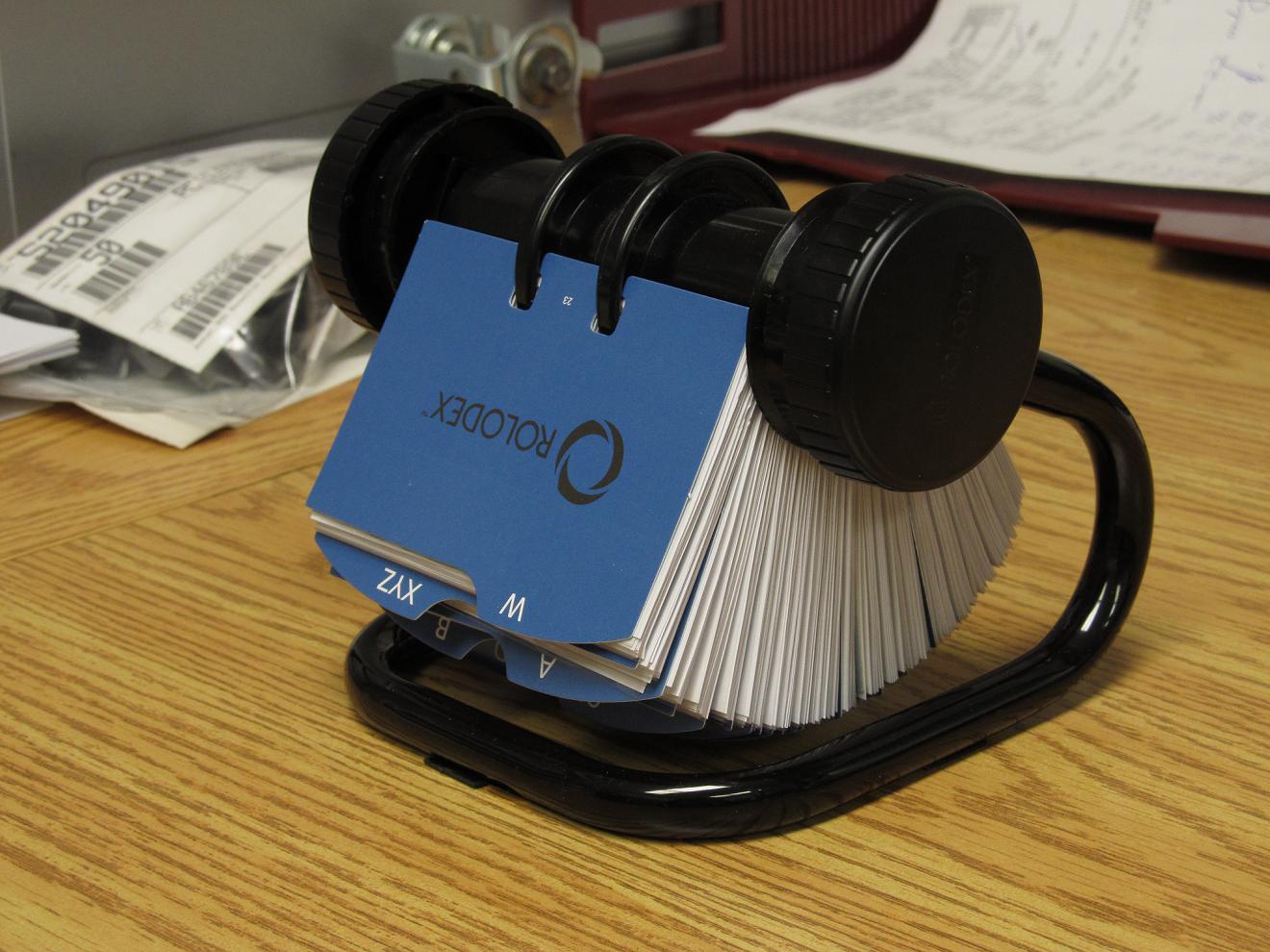
1. **Rolodex**Before digital contacts became the ubiquitous norm, a professional’s desk was often a landscape cluttered with spinning organizers filled to the brim with business cards. These ingenious devices, known as Rolodexes, were an essential tool for networking and maintaining client relationships. Each card, carefully filed, represented a valuable connection, and the act of manually flipping through them was a routine part of business interaction.
For decades, the Rolodex served as the central hub for contact information, a physical manifestation of a person’s professional network. From the busy executive to the local salesperson, these organizers were indispensable, providing quick access to phone numbers, addresses, and other vital details. They embodied an era when information management was a tangible, hands-on process, far removed from the digital databases we rely on today.
However, with the rapid ascent of smartphones and email, the Rolodex swiftly lost its relevance. The ability to store thousands of contacts digitally, synchronize them across devices, and search with a few taps made the manual system cumbersome and outdated. Modern contact management offers instant access, seamless updates, and integration with communication apps, transforming a once-physical necessity into a mere historical curiosity. The convenience and efficiency of digital contact lists completely overshadowed the tactile satisfaction of a well-maintained Rolodex.
Read more about: Unmasking the Myths: Famous Quotes from Film, TV, and History You’ve Probably Gotten Wrong

2. **Flash Cubes**Photography in the mid-20th century presented unique challenges, especially when ambient light was insufficient. For many years, camera flashes came in the form of small, cube-shaped attachments called flash cubes. These consumables were designed for a limited number of uses, typically four, before being discarded and replaced with a new one. Each bulb within the cube would ignite once, providing a burst of light for a single photograph.
These flash cubes were particularly popular throughout the 1960s and 1970s, becoming a standard accessory for many amateur photographers. The distinctive “pop” and bright light they produced were an iconic part of capturing memories, from family gatherings to special events. They represented a significant advancement over earlier, more cumbersome flash powder systems, offering a relatively safe and convenient way to illuminate subjects in low-light conditions.
The widespread adoption of built-in electronic flashes marked the definitive end for flash cubes. Electronic flashes offered a reusable, integrated solution that eliminated the need for disposable components, providing consistent light without the recurring cost or waste. Modern digital cameras and smartphones further revolutionized this, with sophisticated LED flashes and software-driven light enhancement, making the concept of a single-use flash bulb a distant memory. Today’s technology offers superior light control, energy efficiency, and integrates seamlessly into compact devices.
Read more about: The 13 Classic Restoration Traps Drivers Swear They’d Never Fall Into Again

3. **Typewriter Correction Tape**The era of the typewriter, though mechanically robust, presented a significant hurdle: correcting mistakes. Unlike modern word processors where a simple backspace key instantly erases errors, erasing typos on a typewriter was a delicate and often messy affair. This challenge led to the invention and widespread use of special correction tape or liquid white-out, essential tools for maintaining professional-looking documents.
Correction tape, often in a small dispenser, allowed typists to lay a thin white film over an erroneous character, then re-type the correct one over it. Liquid white-out achieved a similar effect, requiring careful application and drying time. Both methods demanded precision and patience, and an imperfect correction could often be more noticeable than the original mistake. Mastering these tools was a rite of passage for many office workers and students.
The advent of word processors and the ubiquitous backspace key rendered these correction methods instantly obsolete. Computers allowed for effortless editing, revision, and formatting without any physical evidence of errors. The ability to delete, insert, and move text digitally revolutionized document creation, making the painstaking process of manual correction a relic of the past. Today’s software offers advanced spell-checking, grammar correction, and version control, far surpassing the capabilities of any physical correction tool.
Read more about: Where Did They Go? 14 Incredible Vintage Relics That Lost Their Spot In Our Modern Lives!
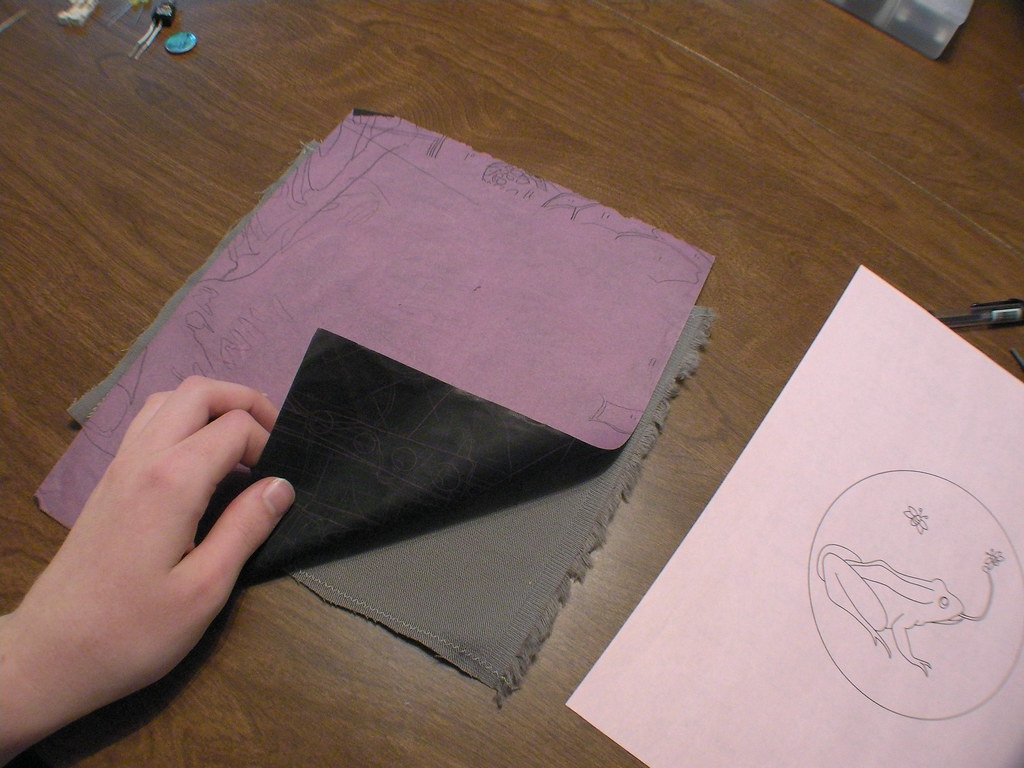
4. **Carbon Paper**Before the widespread availability of printers and photocopiers, making multiple copies of a document was a laborious process that relied on carbon paper. This thin sheet of paper, coated with a waxy, carbon-based ink, was sandwiched between an original document and a blank sheet of paper. When pressure was applied, typically from a typewriter key or a pen, the carbon ink would transfer to the underlying sheet, creating a duplicate.
Carbon paper was a staple in offices, schools, and even homes for decades. It was the primary method for creating invoices, receipts, and multiple copies of internal memos. While revolutionary for its time, the process was inherently messy, often leaving smudged copies and ink stains on hands. Its inefficiency was also a notable drawback, as creating many copies meant stacking multiple sets of carbon and blank paper, with diminishing clarity for each subsequent layer.
The arrival of sophisticated printing technologies and efficient photocopiers completely eliminated the need for carbon paper. Digital duplication offers pristine, high-quality copies in seconds, without any mess or degradation. Furthermore, digital documents can be shared, edited, and stored electronically, making physical carbon copies an archaic concept. The shift to digital information management has made the struggles of carbon paper a distant memory, replaced by instant, clean, and endlessly reproducible documents.
Read more about: Beyond the Horizon: NASA Supercomputer Unveils Earth’s Sooner-Than-Expected End, And What It Means for Humanity’s Future
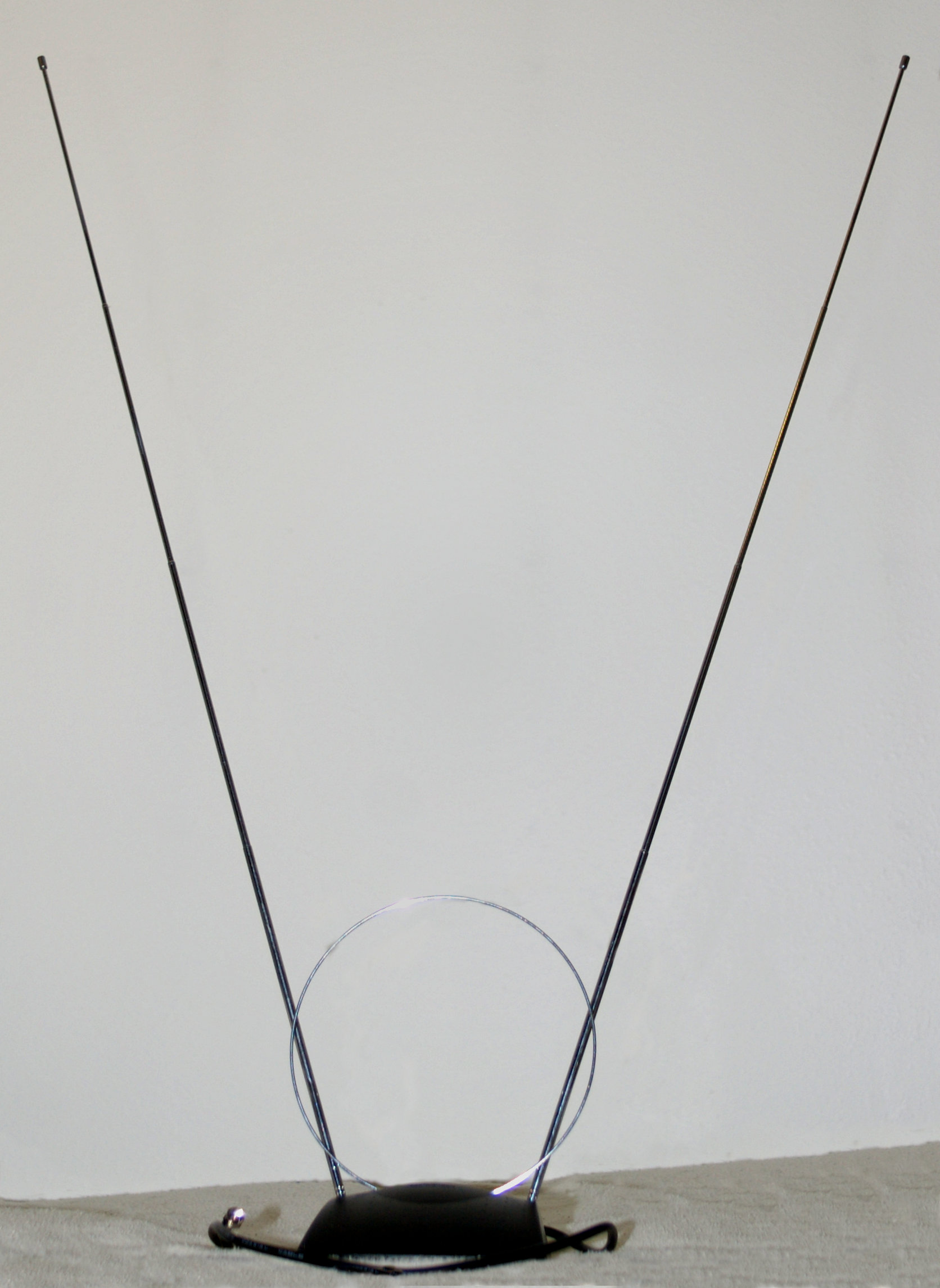
5. **TV Antennas (Rabbit Ears)**For generations, the iconic “rabbit ears” perched atop televisions were a familiar sight in homes across the globe. Before the dominance of cable and streaming services, these adjustable V-shaped antennas were the primary means of receiving broadcast television signals. Adjusting them was often a frustrating but entirely necessary task, involving minute repositioning, twisting, and sometimes even adding aluminum foil for better reception.
Families would gather around the television, with one person often tasked with holding the rabbit ears at just the right angle to eliminate static and bring a clear picture into focus. The quality of reception was heavily dependent on geographic location, proximity to broadcast towers, and even the weather. It was a shared experience, a collective effort to access entertainment and news, making the sometimes blurry and flickery images all the more cherished.
The transition to digital broadcasting made traditional rabbit ears largely unnecessary for over-the-air signals, though modern digital antennas exist. However, the true obsolescence came with the widespread adoption of cable television and, more recently, streaming services. These platforms deliver content directly to homes via internet or dedicated lines, bypassing the need for local broadcast reception altogether. The era of wrestling with rabbit ears to catch a favorite show has long since passed, replaced by seamless digital delivery and an endless array of on-demand content.

6. **Metal Ice Cube Trays**Long before the ubiquitous plastic ice cube trays and sophisticated automatic ice makers became standard kitchen appliances, metal ice cube trays with levers were the norm. These trays, typically made of aluminum, were a common sight in freezers and were relied upon for cooling beverages and preserving food. Their design featured a lever mechanism that, when pulled, would fracture the ice sheet, theoretically making it easier to extract individual cubes.
However, in practice, these metal trays often proved to be a challenging and uncomfortable kitchen tool. They were notoriously tough to use, frequently requiring considerable force to operate the lever, which could be stiff and difficult to manipulate. Furthermore, the metal would often stick stubbornly to fingers in the cold freezer environment, sometimes leading to minor frostbite or irritation. The process was often a struggle, turning a simple task into a test of strength and endurance.
The introduction of plastic ice cube trays marked a significant improvement, offering flexibility and ease of use that metal trays lacked. These were lighter, less prone to sticking, and allowed for easier twisting and popping out of cubes. The ultimate replacement, however, arrived with automatic ice makers, now standard in many modern refrigerators. These systems provide a continuous supply of ice at the push of a button or the simple pull of a dispenser, eliminating manual effort entirely and making the struggle with metal trays a distant, chilly memory.
Read more about: 14 Budget-Friendly Kitchen Gadgets That Deliver Premium Performance for Under $20
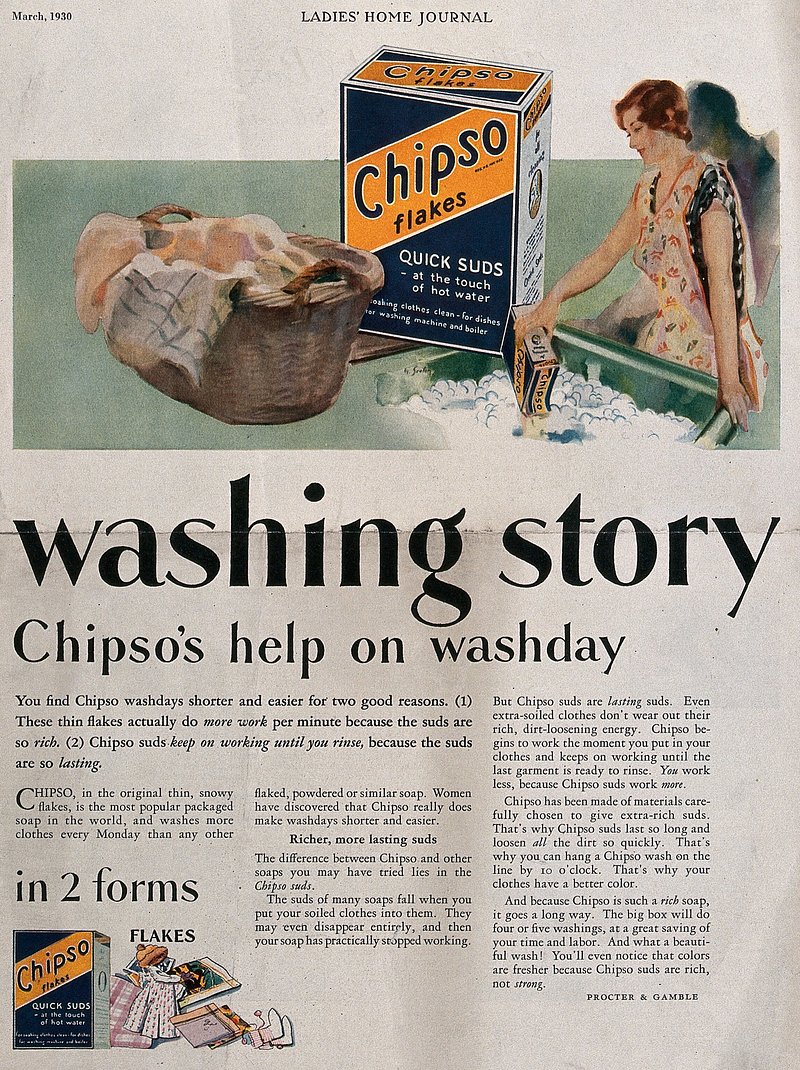
7. **Soap Flakes**In an earlier era, before the convenience of pre-measured liquids and concentrated pods, doing laundry involved a more laborious preparation process, especially with the use of soap flakes. These were essentially dried, shaved pieces of soap that came in boxes, requiring users to dissolve them in hot water before adding them to the wash. It was a fundamental part of the laundry routine, deeply embedded in household management.
The process of dissolving soap flakes was critical to ensure effective cleaning and to prevent undissolved soap from leaving residue on clothes. This often meant creating a lather in a separate bucket or directly in the washing machine before the garments were introduced. It was a tedious and time-consuming step, demanding attention and effort from the homemaker, adding to the daily burden of household chores. The precise measurement and mixing were an art form in themselves.
Modern advancements in laundry care, particularly the widespread adoption of liquid detergents and single-use pods, completely eliminated the need for soap flakes. These contemporary solutions offer pre-portioned, highly concentrated formulas that dissolve instantly and efficiently, delivering powerful cleaning agents without any prior preparation. The simplicity and effectiveness of today’s laundry products have transformed what was once a complex, manual process into a simple, automated task, saving time and effort for millions of households. The evolution reflects a broader trend towards convenience and user-friendliness in home care products.
Our exploration into the household items that have gracefully exited the stage of everyday life continues, revealing how modern innovations have redefined convenience, safety, and efficiency within our homes. As technology progresses, it’s fascinating to observe the thoughtful solutions that emerged to replace products once considered indispensable, often driven by advancements in materials, enhanced safety standards, and a universal demand for ease. Let’s delve into seven more examples of products that have transformed from common staples to historical curiosities.
Read more about: 13 Simple Rules That 12 Celebrity Chefs Enforce in Their Home Kitchens

8. **Glass Baby Bottles**For generations, the robust, transparent form of glass baby bottles was a ubiquitous sight in nurseries and kitchens. These sturdy vessels were the standard choice for feeding infants, cherished for their ease of cleaning and the perceived purity of glass as a material. They were a cornerstone of early childhood care, symbolizing a foundational approach to infant nutrition.
However, the practicalities of glass bottles presented undeniable challenges for busy parents. Their significant weight made them cumbersome, especially when filled, and the ever-present risk of breakage posed a safety concern for both caregivers and infants. Dropped bottles could shatter, creating a hazardous mess and leading to potential injury, making feeding times a more cautious affair than many desired.
The advent of plastic alternatives marked a pivotal shift in baby feeding equipment. These new bottles offered a lighter, more durable, and safer option, quickly becoming the preferred choice for their resistance to breakage and ergonomic designs. Modern plastic bottles, often made from advanced, BPA-free materials, are engineered for ease of use, cleaning, and infant safety, a clear testament to how practical innovation replaced a traditional, albeit less forgiving, solution.
Read more about: Buckle Up! These Are the 13 Most Jaw-Dropping, Wacky, and Seriously Shocking Things Left Behind in Rental Cars

9. **Mercury Thermometers**Measuring a fever was once a careful ritual performed with the slender, glass mercury thermometer. For decades, this device was the undisputed standard for medical temperature measurement in homes, its silver column rising precisely to indicate a fever. It was a trusted tool, a seemingly simple yet vital instrument for monitoring family health.
Despite their widespread use, mercury thermometers carried a significant inherent risk. The presence of mercury, a known toxic element, meant that a broken thermometer could release hazardous material, necessitating careful cleanup and posing a danger, particularly to children. This safety concern was a critical driver in the search for safer alternatives.
Today’s hyper-tech replacements, digital and infrared thermometers, have completely revolutionized fever detection. These devices offer rapid, highly accurate readings without any mercury, making them inherently safer for household use. Many modern versions feature instant readings, memory functions, and non-contact options, transforming the potentially hazardous task of temperature checking into a quick, worry-free process that prioritizes user safety and convenience.

10. **Hand-Crank Egg Beaters**Before the hum of electric motors filled our kitchens, the rhythmic whir of a hand-crank egg beater was the sound of culinary preparation. This simple, ingenious mechanical tool was a staple in virtually every home kitchen, essential for whipping eggs, cream, and batters for baking and cooking. It represented a direct, hands-on connection to the food preparation process.
Operating a hand-crank egg beater was a demanding task, requiring considerable arm strength and sustained effort. While effective, the manual process was undeniably time-consuming and physically intensive, especially when preparing larger quantities. It was a tangible reminder of the labor involved in creating meals from scratch, a stark contrast to today’s push-button ease.
The widespread availability and affordability of electric mixers, both handheld and stand models, rendered the hand-crank beater largely obsolete. These powerful appliances effortlessly whisk, beat, and knead, dramatically reducing the physical effort and time required for culinary tasks. Modern mixers, often equipped with multiple speed settings and versatile attachments, empower home cooks to achieve professional results with minimal strain, truly embodying a significant leap in kitchen appliance technology.
Read more about: Beyond the Blender: 14 Obsolete Kitchen Tools Younger Cooks Won’t Believe Once Ruled the Roost

11. **Clotheslines in Every Yard**For countless families, the clothesline stretching across the backyard was an integral part of the weekly laundry routine. Before the advent of modern appliances, drying clothes outdoors was not merely an option but the prevailing method, harnessing the natural power of sun and wind to dry and freshen garments. It was a common sight, a simple yet effective system deeply embedded in household management.
This traditional method, while environmentally friendly, came with its own set of practical considerations. It was heavily dependent on the weather, meaning rainy or cold days brought significant inconvenience. The process of hanging each item and then retrieving them, often sun-baked or stiff, was a time-consuming and labor-intensive chore, demanding a significant portion of the homemaker’s day.
The introduction of electric dryers revolutionized clothes drying methods, offering unparalleled convenience and efficiency. These appliances provided an indoor, all-weather solution, dramatically cutting down drying time and physical effort. While clotheslines still hold appeal for some seeking sustainability or the fresh scent of line-dried laundry, the electric dryer’s consistent performance and speed have firmly established it as the indispensable core of modern laundry rooms, symbolizing a shift towards streamlined domesticity.
Read more about: 13 Simple, Proven Ways to Create a Greener Home: Practical Tips for a Sustainable and Healthier Family Life
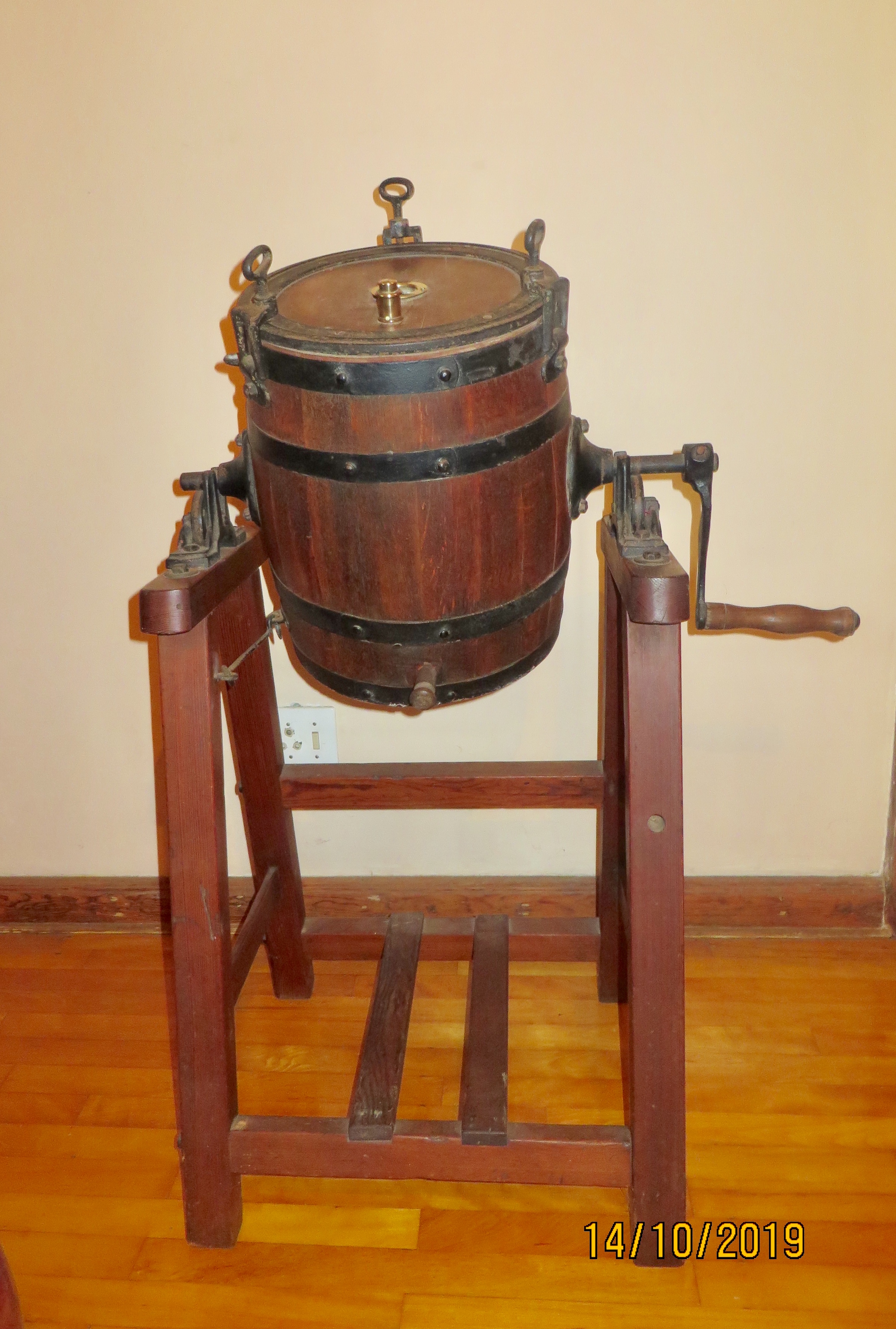
12. **Butter Churns**Long before butter became a readily available staple on supermarket shelves, making it at home was a necessity for many households. The butter churn, a foundational food preparation tool, was responsible for transforming cream into the rich, golden spread we enjoy. It was a testament to domestic self-sufficiency, a crucial piece of equipment in an era of homemade provisions.
However, the process of churning butter was far from quick or effortless. It involved considerable physical exertion and a prolonged period of hand-cranking or plunging to agitate the cream until it separated into butterfat and buttermilk. This laborious task highlights an era when food production was an intensive, hands-on endeavor, one that required patience and dedication.
The modern era’s grocery stores, brimming with commercially produced butter varieties, completely eliminated the household’s need for a butter churn. The convenience of purchasing pre-made butter, often at an affordable price, swiftly made the arduous manual churning process an obsolete practice for most. Today’s industrial-scale dairy production and efficient supply chains represent a hyper-tech replacement, offering instant access to high-quality butter without the slightest effort from the consumer.
Read more about: Dwayne ‘The Rock’ Johnson’s Iron Yard: Unveiling 13 Monster Machines Owned by the Action Titan
13. **Popcorn Poppers with a Crank**Gathering around the stovetop with a metal popcorn popper that featured a hand-crank was a cherished ritual for families seeking a homemade snack. This dedicated device was the go-to method for creating fresh popcorn, delivering a satisfying crunch and aroma before the advent of more sophisticated snack-making devices. It provided a simple, interactive way to prepare a classic treat.
The key to perfectly popped kernels with this traditional method was constant vigilance and physical engagement. The hand-crank required continuous turning to ensure the kernels moved evenly across the hot surface, preventing them from burning and ensuring an optimal pop. This active participation, while part of the charm, was also a specific demand of the appliance.
The microwave oven, with its revolutionary speed and simplicity, completely transformed the world of popcorn. The introduction of pre-packaged microwave popcorn bags meant that a delicious, hot snack could be ready in mere minutes with almost no effort. This instant gratification rendered the hand-crank popper largely obsolete, replacing a hands-on experience with unparalleled convenience. Subsequent innovations like electric air poppers further streamlined the process, offering even healthier and more efficient ways to enjoy this beloved snack.
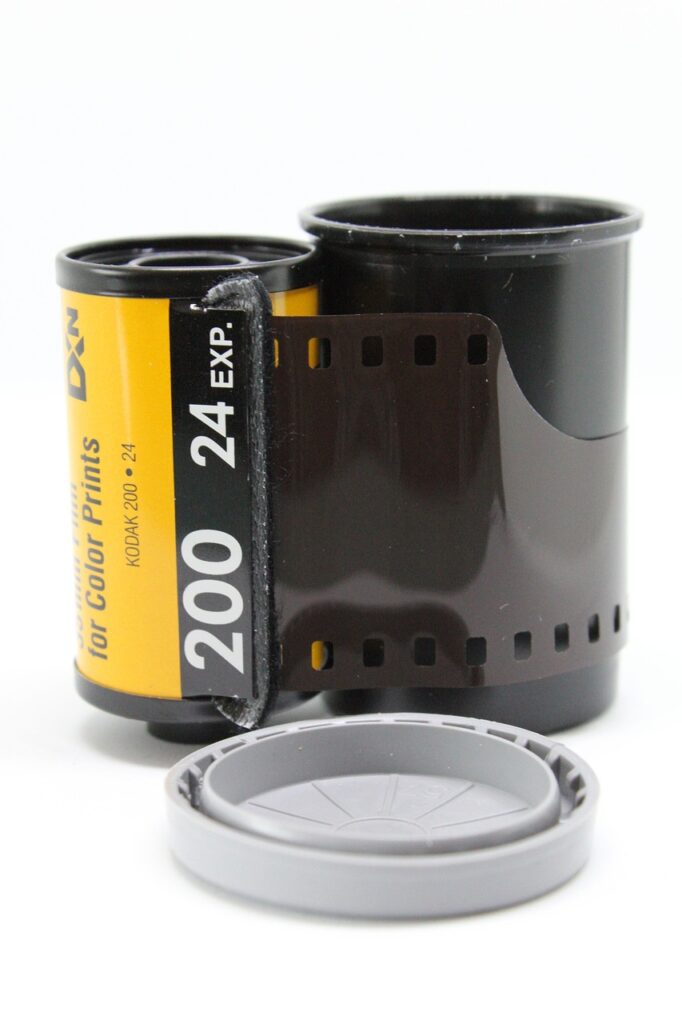
14. **Film Canisters**In the bygone era of analog photography, the small, opaque film canister played an incredibly significant role. These compact plastic containers were essential for protecting rolls of undeveloped film from light exposure and physical damage, safeguarding precious, unseen memories from the moment they were loaded into the camera until they reached the development lab. They were the silent guardians of photographic potential.
Each canister held the promise of captured moments, but critically, the images remained a mystery until an additional, essential step could be completed: film processing. This meant that after taking photographs, the film had to be physically transported to a darkroom or a photo lab, enduring a waiting period before the results of one’s photographic endeavors could finally be seen. This anticipation was a unique aspect of film photography.
The monumental shift to digital cameras and, even more profoundly, to smartphones equipped with advanced imaging capabilities, eliminated the need for film canisters entirely. Digital photography offers instant feedback, allowing users to view, share, and even edit their pictures immediately. There’s no physical film to protect or process, only digital files that can be stored, backed up, and accessed effortlessly, marking a complete revolution in how we capture, store, and interact with our photographic memories.
Read more about: Buckle Up! These Are the 13 Most Jaw-Dropping, Wacky, and Seriously Shocking Things Left Behind in Rental Cars
Our journey through these vanished household products offers a compelling look at the relentless march of technological progress and societal evolution. Each item, from the glass baby bottle to the film canister, tells a story of human ingenuity, evolving needs, and the constant quest for greater convenience, safety, and efficiency. While we may feel a pang of nostalgia for these once-familiar objects, their replacements stand as testaments to innovation, transforming our homes into more connected, automated, and user-friendly spaces than ever before. These shifts highlight not just changes in products, but a profound transformation in our daily routines and expectations for the modern home.



